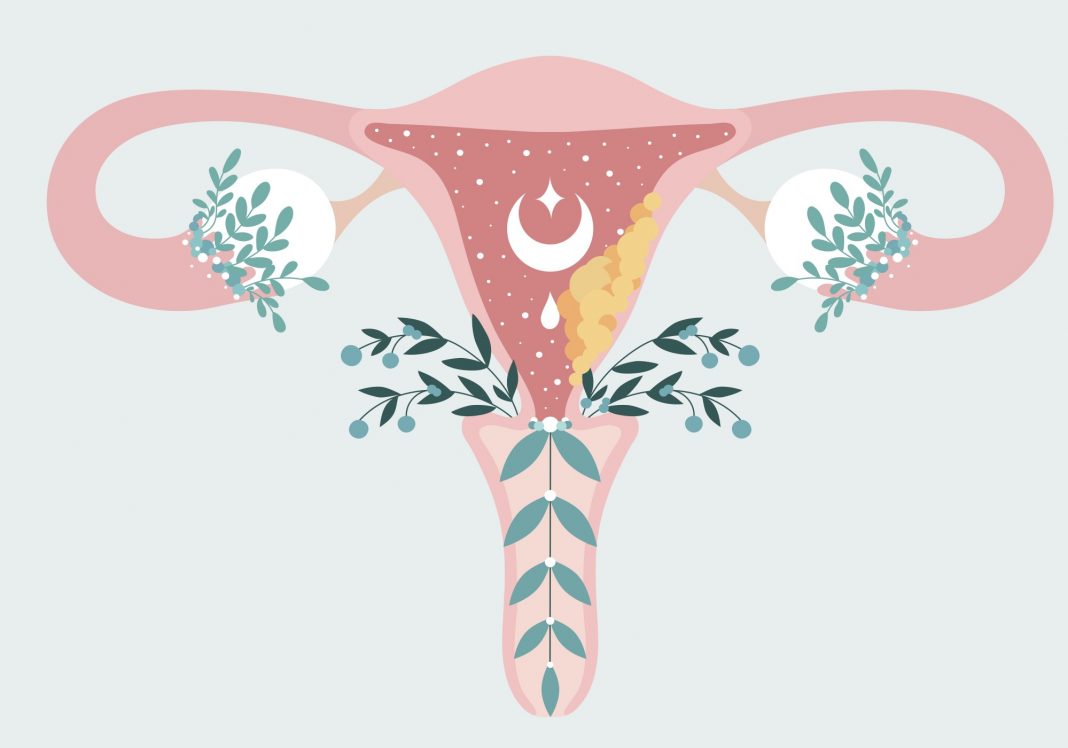The Ovarian Cancer Research Foundation (OCRF) has awarded $1 million for projects on early detection and effective treatment combinations.
University of Newcastle Professor Pradeep Tanwar has been awarded $596,000 for a project working to develop a blood test for early detection of ovarian cancer.
Additionally, QIMR Berghofer Medical Research Institute Associate Professor Stacey Edwards has been awarded up to $495,000 to investigate the effectiveness of different treatment combinations.
“The OCRF has the expertise to identify ovarian cancer research projects that will have the greatest impact on the largest number of women and girls,” says OCRF CEO, Lucinda Nolan.
“Since 2001, we have allocated more than $18 million into funding research into ovarian cancer – the most lethal female cancer – to improve lives today and save lives tomorrow.”
Professor Tanwar’s project
Professor Tanwar’s project is working to develop a novel biomarker into a blood test to detect ovarian cancer in its earliest stages. His team will conduct tests on 2000 women, half of whom have invasive or borderline ovarian cancer, and half who do not.
This will determine whether the test can achieve the specificity and sensitivity required in a larger cohort of women.
Ms Nolan says an accurate early detection test could save 8000 Australian women over a decade.
“There is no early detection test for ovarian cancer. A cervical screening test (Pap smear) does not detect ovarian cancer,” she says.
Associate Professor Edwards’ project
Associate Professor Edwards is focused on finding new and more effective treatments for ovarian cancer that also manages recurrence of the disease. If successful, this will be the first study to identify all molecules involved in drug resistance and assess the way they function in tumours.
“While early detection is important in saving lives, once the cancer is detected it is vital to have new and effective treatments,” says Ms Nolan.
“The same ovarian cancer drugs have been used since 1992. A lack of focus on personalised treatment means many women and girls suffer needlessly.”
Ovarian cancer kills one woman in Australia every eight hours
“Now it’s ovarian cancer’s turn. Women and girls have waited too long,” says Ms Nolan.







